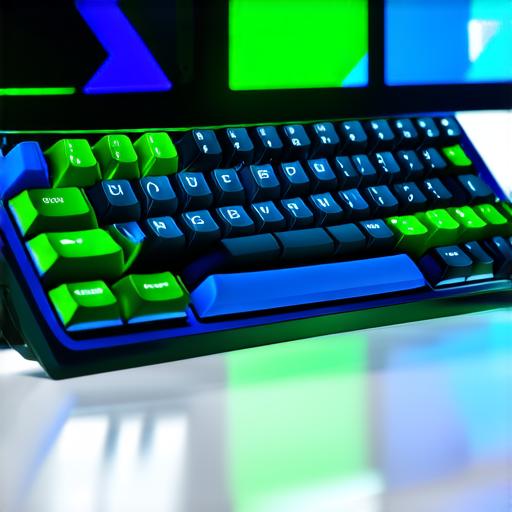Unity 3D is a popular game development platform that allows developers to create games for a variety of platforms, including PC, mobile, and consoles. One of the key features of Unity 3D is its built-in support for player movement systems, including Rigidbody, Animator, and Custom scripting. In this article, we will explore how to use C script to create engaging and dynamic player movement in Unity 3D games.
The Importance of Player Movement:
Player movement is one of the most critical aspects of any game, as it sets the tone for the overall experience. It’s not just about making players feel like they’re moving smoothly through your game world; it’s also about creating a sense of immersion and engagement for the player. A well-designed player movement system can help keep players engaged and interested in your game, which can lead to higher retention rates and more time spent playing.
Choosing the Right Movement System:
There are several different types of player movement systems available in Unity 3D, including Rigidbody, Animator, and Custom scripting. Each system has its own advantages and disadvantages, so it’s important to choose the right one for your game.
Best Practices for Writing C Script for Player Movement:
Now that we’ve covered some of the basics of player movement systems in Unity 3D, let’s dive into some best practices for writing C script for player movement.
1. Use Clear and Concise Variable Names:
When writing C script for player movement, it’s important to use clear and concise variable names that accurately reflect their purpose. This will help you and other developers working on the project understand the code more quickly and easily. For example, instead of using a variable name like “playerSpeed,” you might use something more descriptive like “forwardSpeed” or “turnSpeed.”
2. Use Functions to Organize Your Code:
Another best practice for writing C script for player movement is to use functions to organize your code into logical blocks. This will make it easier to read and understand, especially as the project grows in complexity. For example, you might have a function called “MoveForward” that handles player movement in the forward direction, and another function called “TurnLeft” that handles player movement in the left direction.
3. Optimize Your Code for Performance:
As with any script, it’s important to optimize your C script for performance. This means using efficient data structures and algorithms, avoiding unnecessary calculations and comparisons, and minimizing the number of object interactions. For example, you might use a simple if-else statement instead of a switch statement to handle player input, or you might use a List instead of a foreach loop to iterate through all objects in your game world.
Case Studies:
Now that we’ve covered some best practices for writing C script for player movement let’s look at some real-life examples of how these techniques can be applied in practice.
1. Super Mario Bros.:

Super Mario Bros. is one of the most famous and successful video games of all time, and it’s no surprise that it has a lot to teach us about player movement. In this game, players control Mario by moving him forward, jumping, and sliding under objects. The developers at Nintendo used a combination of rigidbody physics and custom scripting to create a smooth and responsive player experience that felt intuitive and natural for the player.
2. Unity 3D:
Unity 3D is a popular game development platform that allows developers to create games for a variety of platforms, including PC, mobile, and consoles. One of the key features of Unity 3D is its built-in support for player movement systems, including Rigidbody, Animator, and Custom scripting. In this article, we will explore how to use C script to create engaging and dynamic player movement in Unity 3D games.
GroupLayout
Summary:
In conclusion, mastering C script for player movement is critical for creating an immersive and interactive game experience in Unity 3D. By following best practices such as using clear and concise variable names, organizing code into functions, and optimizing performance, developers can create engaging and dynamic player movement that enhances the overall gaming experience. Whether you are a beginner or an experienced developer, understanding and implementing these techniques can take your Unity 3D games to the next level.



